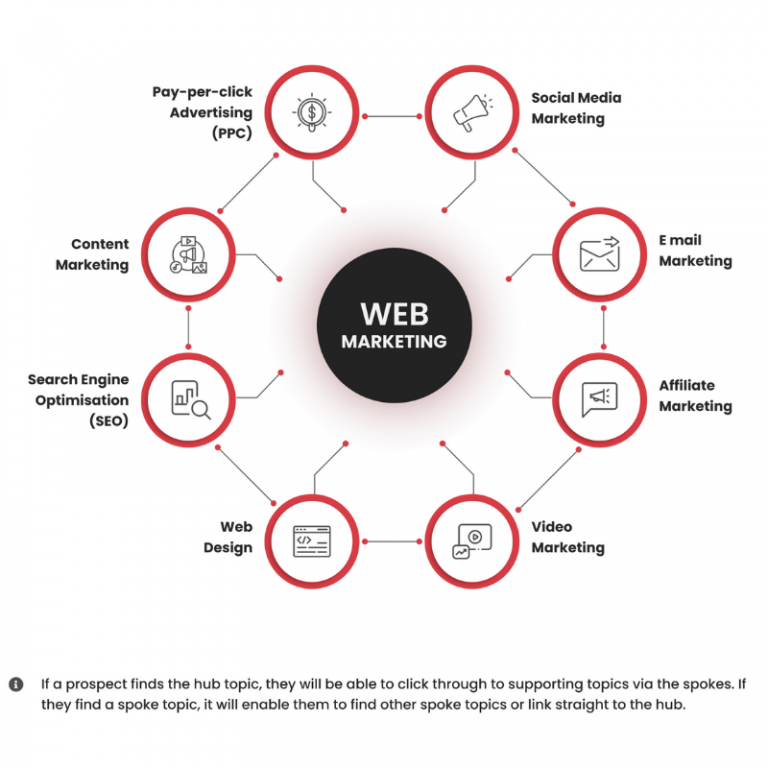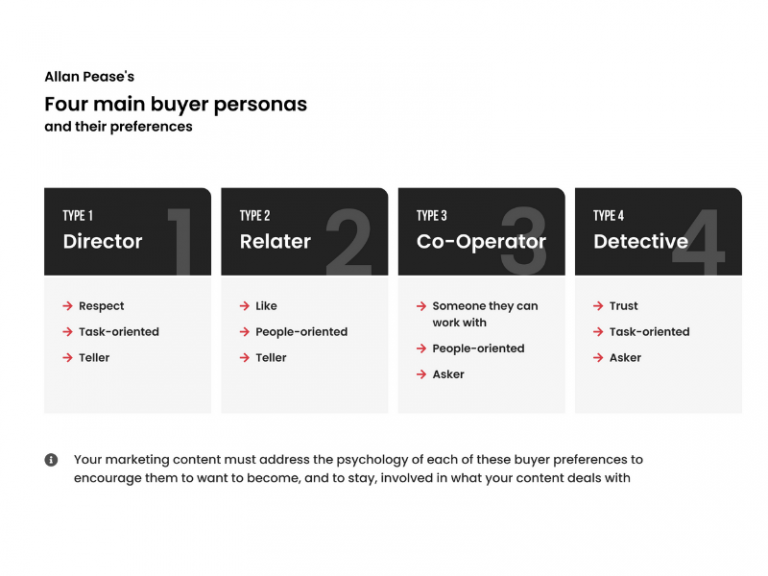People buy from businesses they know, trust, respect and believe they can work with. They choose products and services to help their own business in some way.
It might be to do with lowering costs, improving efficiencies, growing market share, maximising profit, etc. The results those businesses get must be greater than the cost and effort of buying and using the products or services.
The Foundation of Effective Marketing
Your marketing is Step 1 in helping your prospective customers and clients to trust and respect what they see, read and hear, so they want to learn more.
The more they learn by following your marketing message(s), the more they should want to do business with you, buy what you sell and then want to keep buying.
That is the goal of all marketing
Some marketing models are more effective than others when it comes to attracting, interesting and encouraging prospects to want to make contact, stay in contact, learn and buy.
One very effective marketing model is “hub and spoke marketing.” It is effective because it helps prospects learn:
- What your business does and how it does it.
- What products and services you offer that will benefit them.
- How your products and services will benefit the prospect’s business.
- How they can check, verify and confirm that they can trust your marketing messages.
- How to get not just more info but info that is specific to them and their needs.
- How to make contact, stay in contact and reap the rewards of buying and continuing to buy.
Delivering all that information is called content marketing
Different people make decisions in different ways and, as Australian psychologist Allan Pease made plain all those years ago, you must:
- Provide content in ways to suit their buyer preferences.
- Put your marketing content where your targeted prospects will see it.
- Make it easy for them to learn more.
- Encourage them to make contact and stay in contact as they move forward in their buyer journey.
That encourages them to make the right decisions in ways that are right for them and at times that suit where they are in the buyer journey. And that brings us to Hub and Spoke marketing.
What is Hub and Spoke Marketing?
Basically hub and spoke marketing is a model where you:
- Publish an important piece of content about your business, a product, a service that is, in some way, at the centre of what you do or you provide.
- Publish additional pieces of information that explain, give examples, show results, offer proof, discuss, explore, etc. to support your important, “hub” content.
The first piece (1) is the hub. The other pieces (2) are the spokes.
A prospect might search for a topic and find the hub content or a spoke content. They read, see or listen (depending on the medium you use) and take the next step. That step may be to click a link from the hub to a relevant spoke topic, or from the spoke topic back to the hub or form a one spoke topic to another spoke topic and then to the hub.
All content will have high SEO (Search Engine Optimisation) by, for example, using keywords and appropriate internal and external links.
The hub content enables and encourages the prospect to want to learn more, get more involved and make decisions. The easiest decision is to keep clicking links to different spokes until they are satisfied that they have learned enough to want to make a more involving decision.

A digital marketing image focusing on web marketing strategies, featuring visuals related to online business growth.
Why Does Hub and Spoke Marketing Work?
The hub and spoke marketing model works for five main reasons. It:
- Contains high quality information that encourages a prospect to get and stay involved.
- Is mutually supporting, so each spoke and the hub help to deliver the total message.
- Can be produced to deliver content in ways that suit each buyer persona, thus maximising attraction, involvement and decisions.
- Can be reused in different formats to make it easier to find in online searches, thus maximising the effectiveness of each piece of content.
- Automatically refreshes and revives both the major hub content and the optional formats of the spoke content.
How Does it Maximise the Results?
Different personas want content delivered in different ways and emphasising different features and benefits of the products and services being marketed.
Let’s take some simple examples.
Each of the four buyer personas below has preferences for the content they want to learn about, how they want to learn about it and the conclusions they want to draw, so they can make their decisions. Let’s briefly take each in turn. These are just simple examples to make the point.










